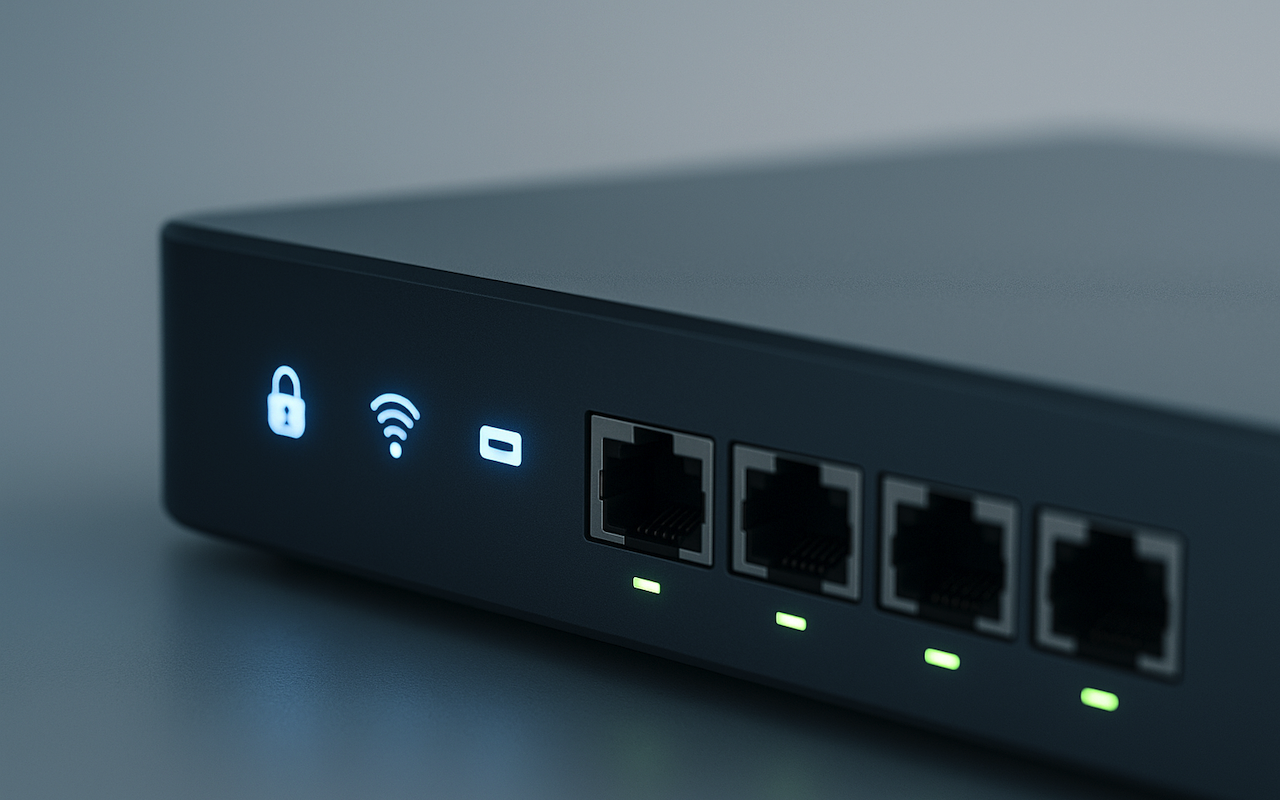
In the digital age, ensuring the security of data during online collaborations is crucial. IP-based threat detection plays a vital role in identifying and mitigating cyber threats, offering a robust security solution for file sharing networks.
The importance of data security in online collaborations cannot be overstated. As sensitive information is frequently exchanged over digital platforms, implementing reliable protection measures is essential. File sharing is a key component of these interactions, making it imperative to adopt strategies that protect against potential threats. Utilizing IP-based threat detection mechanisms can significantly enhance the security of these networks, providing a safer environment for data exchange.
How IP-Based Threat Detection Works
IP-based threat detection mechanisms are fundamental in maintaining the integrity of file sharing networks. By monitoring the unique addresses that devices use to connect to the internet, these systems can identify patterns indicative of malicious activity. This proactive approach allows for the swift identification and mitigation of potential threats before they escalate into severe security breaches.
One significant advantage of IP-based systems is their ability to detect anomalies that might otherwise go unnoticed. By analyzing traffic patterns and recognizing deviations from established norms, these tools offer invaluable insights into potential vulnerabilities. Staying ahead with such technology is vital for safeguarding sensitive information.
Integrating IP-based threat detection into your security protocol can drastically reduce the risk of data breaches. By continuously monitoring network activity, these systems provide a real-time response to any suspicious behavior. This dynamic approach not only enhances security but also builds trust among collaborators by ensuring their data is protected.
Identifying and Managing Cyber Threats
Cyber threats pose a significant risk to any online collaboration environment, yet they can be effectively managed through advanced IP monitoring. Common threats include unauthorized access attempts and distributed denial-of-service attacks, both of which can be identified through diligent monitoring of IP addresses. Recognizing unusual patterns or repeated access attempts from unknown sources enables timely intervention.
An essential aspect of managing these threats lies in the early detection facilitated by IP-based systems. By swiftly identifying potential intrusions, measures can be implemented to block access or alert administrators to take necessary actions. This reduces the window of opportunity for attackers, minimizing potential damage.
By employing such strategies, you can significantly decrease the likelihood of successful cyberattacks on your file sharing networks. This proactive stance not only protects your data but also fortifies your collaborative efforts by ensuring all participants feel secure in sharing sensitive information.
Proactive Assessment and Response Strategies
A key component in enhancing data security is the ability to proactively assess and respond to unusual IP patterns. Establishing baseline traffic behaviors allows for the identification of deviations that might indicate a security threat. Consistently reviewing these patterns ensures that any irregularities are swiftly addressed.
Implementing an effective response strategy involves setting up alerts for unusual activities and configuring automated responses where feasible. By doing so, you ensure that any potential threats are immediately flagged and managed before they pose significant risks. Continuous evaluation and adjustment of these parameters keep your network resilient against emerging threats.
Adopting these practices not only enhances your current security framework but also prepares you for future challenges in the cybersecurity landscape. Staying informed and adaptable allows you to maintain a robust defense against ever-evolving cyber threats.
Conclusion
Ensuring data security in online collaborations requires a proactive and layered approach. IP-based threat detection offers a powerful way to identify and manage cyber threats in real time, helping organizations safeguard sensitive information during file sharing and communication. By continuously monitoring traffic, detecting anomalies, and responding swiftly, businesses can maintain trust and resilience in a rapidly evolving digital landscape.
Share this post
Leave a comment
All comments are moderated. Spammy and bot submitted comments are deleted. Please submit the comments that are helpful to others, and we'll approve your comments. A comment that includes outbound link will only be approved if the content is relevant to the topic, and has some value to our readers.

Comments (0)
No comment